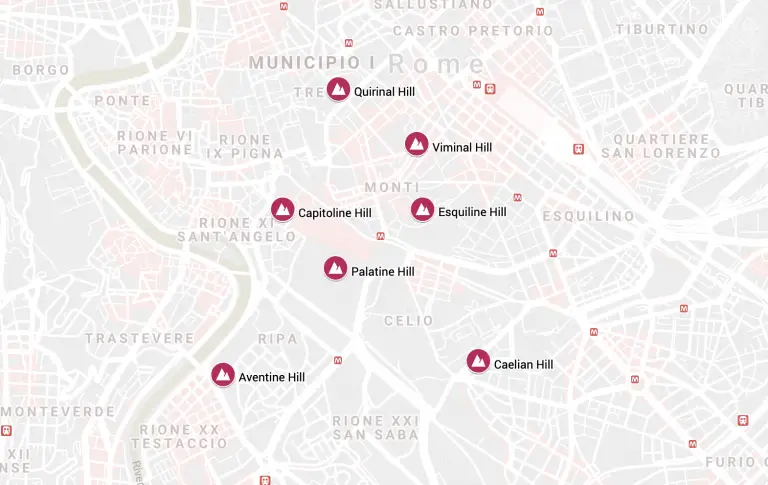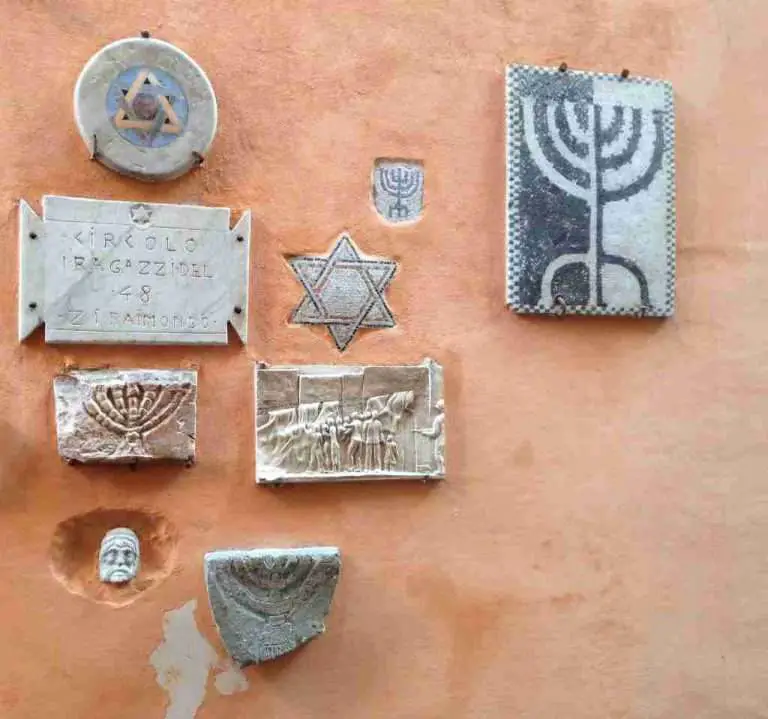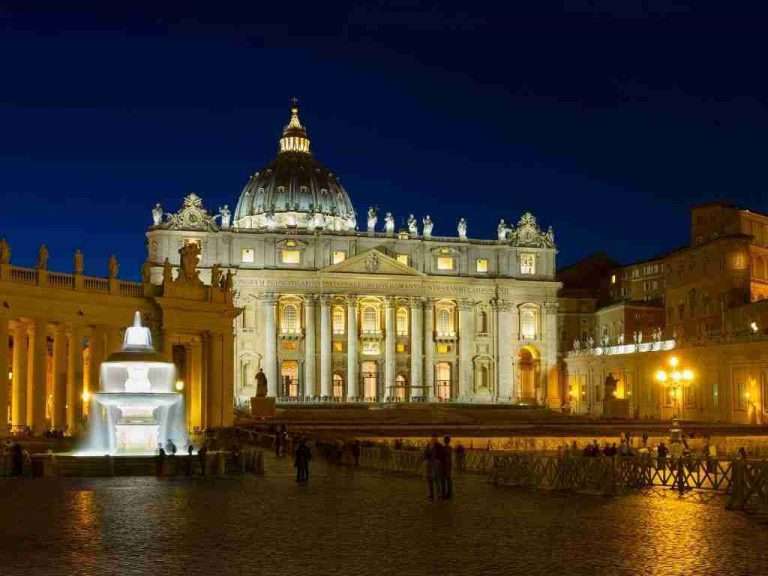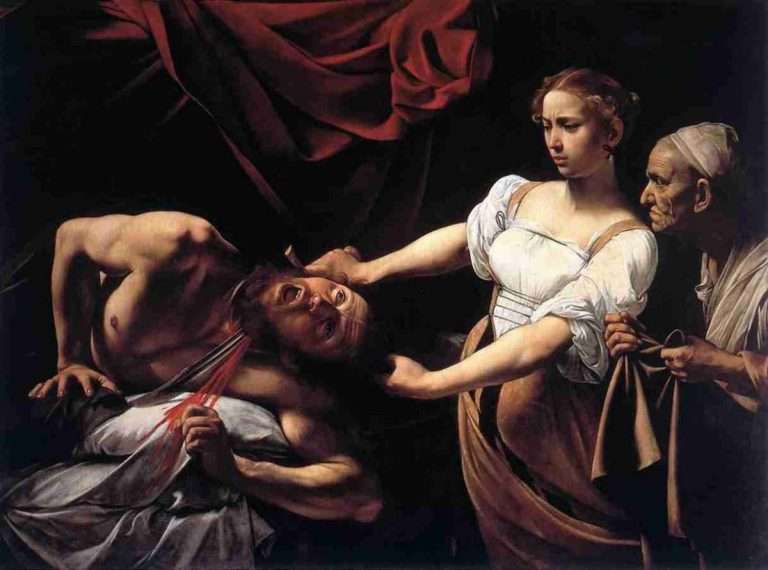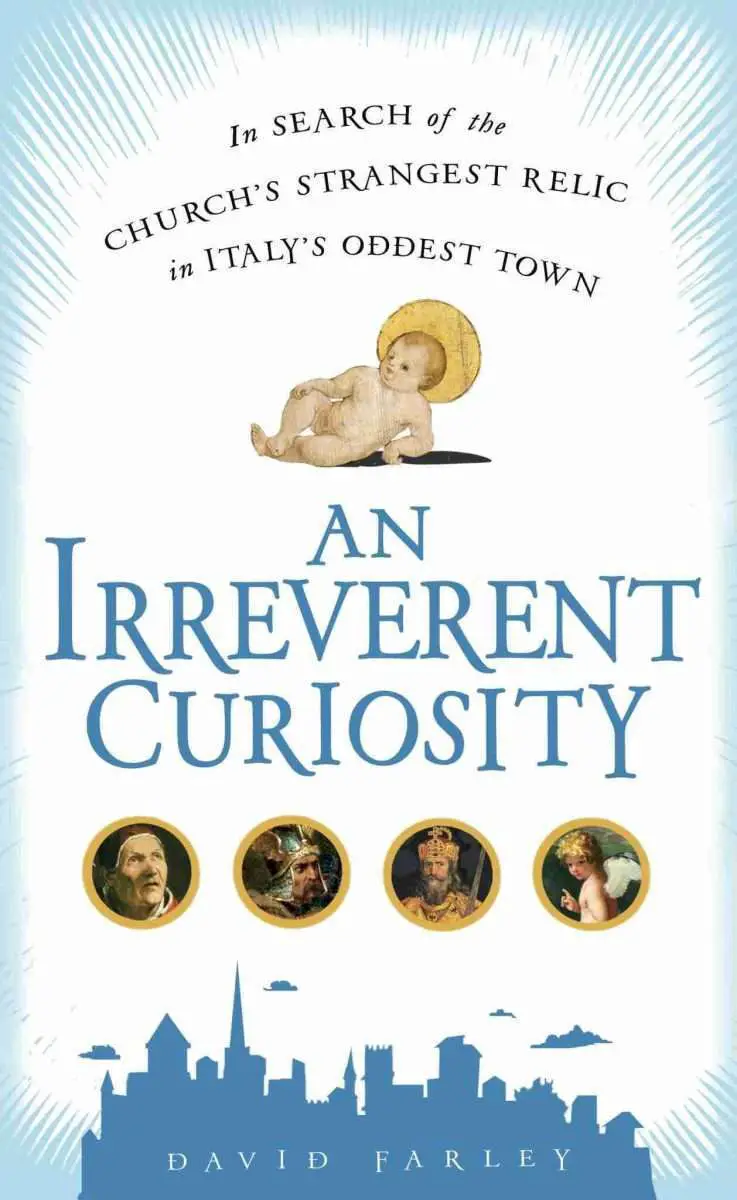
If you know me, you’ll know that I am nuts about religious relics. And if you know David Farley’s book “An Irreverent Curiosity,” you’ll know immediately why that first line is a wee bit funny.
I recently had the opportunity to sit down with Farley in Manhattan to discuss his book, which has the tag line “In Search of the Church’s Strangest Relic in Italy’s Oddest Town.” What is the church’s strangest relic? I’ll tell you: it’s the Holy Foreskin of Jesus, also known as the “Santissimo Prepuzio” (Holy Prepuce) or the “Carne Vera Sacra” (Real Holy Flesh). Indeed, there is – or was – a relic that came from the body of Jesus Christ; the foreskin was the only possible piece of flesh that the Messiah could have left behind. How the church came to rediscover then later lose this most holy of relics – and how Farley came to live in the small, medieval hill town (now eclectic artist enclave) of Calcata to search for it – is the subject of his highly entertaining book which is out in paperback today from Amazon.com.
Italofile:
How Did You First Learn About Calcata?
David Farley: Back when my wife Jessie and I were living in Rome for a few months, we would follow the suggestions of Time Out Roma (magazine) which had a small English language section at the time. One weekend, there was a small article about a day trip to Calcata, a town that sounded just strange enough that we wanted to visit.
Italofile: Did You Know About the Holy Foreskin Before You Visited?
David Farley: The Holy Foreskin was mentioned as a side note in the article. It wasn’t until years later that I realized that [this unusual relic] would make for an interesting book topic.
Italofile: The Holy Foreskin is the main subject of your book and a fascinating topic. But the hill town of Calcata, population 100 (!), is the other star of “An Irreverent Curiosity.” What Made You Decide to Relocate to Calcata?

David Farley: It was actually my wife’s idea. When we had visited a few years before on a day trip from Rome, we had enjoyed the weird Bohemian vibe of Calcata. Here was this medieval hill town full of artists from all over Italy and the world, with some people walking around in saris and Indian headdress. So it seemed like a bizarre place to spend more time in. Then, my wife reminded me of the relic, how it had been stolen. The book idea just fell into place.
Italofile: The Holy Foreskin is such a weird relic. Doesn’t it seem weird that this part of Christ was saved? And, in doing your research, did you come across other relics that were equally odd?
David Farley: The Holy Prepuce [another word for foreskin] had come up in relic research before. Saint Catherine [of Siena], the self-proclaimed “bride of Christ,” was known to have worn the foreskin around her ring finger. Other weird relics mentioned in the book include the Holy Umbilical Cord, Holy Bib (a “two-for-one relic…complete with breast milk stains from the Virgin”) and the Virgin Mary’s breast milk.
Italofile: How Did You Come Up With the Title “An Irreverent Curiosity?” I’ve heard there were some more irreverent working titles of the book before you settled on the current one.
David Farley: My editor at Penguin/Gotham Books came up with a title that he was quite enthusiastic about, but I couldn’t exactly share in his excitement. I had wanted to call it “Holy Foreskin” because a title like that would most certainly get someone’s attention. But he convinced me that no one wants to be reading a book on an airplane or the subway with the word “foreskin” scrawled across the cover. So I gave him three other titles: “An Irreverent Curiosity,” because when someone asked why the pope had banned the speaking of or writing about the Holy Foreskin in the year 1900, a Church spokesman said they feared such a relic could cause “an irreverent curiosity.” The other titles were Godforsaken, which I feared sounded too much like a D&D/fantasy book, but I liked that both the relic and the village of Calcata had become godforsaken (and when you think about it, it kind of sounded like “god’s foreskin”). And the last suggested title was “The Messiah Flap,” which no one seemed to fully appreciate except for me.
Italofile: Forgetting the book and its success, would you move back to Calcata again if you had the chance? Why or why not?
David Farley: Yes and no. For me, ideal was a few months when I was living during the week in the apartment of my friend Paul Steffen, around the corner from the Trevi Fountain and then spending the weekends in an apartment I was renting in Calcata. It was the best of both worlds.
Italofile: What advice would you give travelers who wish to visit Calcata?
David Farley: Go on the weekend, when the village is at its liveliest. The artists who live in Calcata have admirably managed to inverse the work week: They work two days a week—during the weekend—and then have five days to do what they want.
Italofile: Are you working on any other Italy- or relic-related books?
David Farley: It’s not easy topping the Holy Foreskin, so I’ll probably let someone else conquer, say, the breast milk of the Virgin Mary.
Thanks, David! It was a pleasure getting to know more about you and your book.
An Irreverent Curiosity is available in paperback from Amazon.com.
Last updated on May 17th, 2023
Post first published on July 6, 2010


